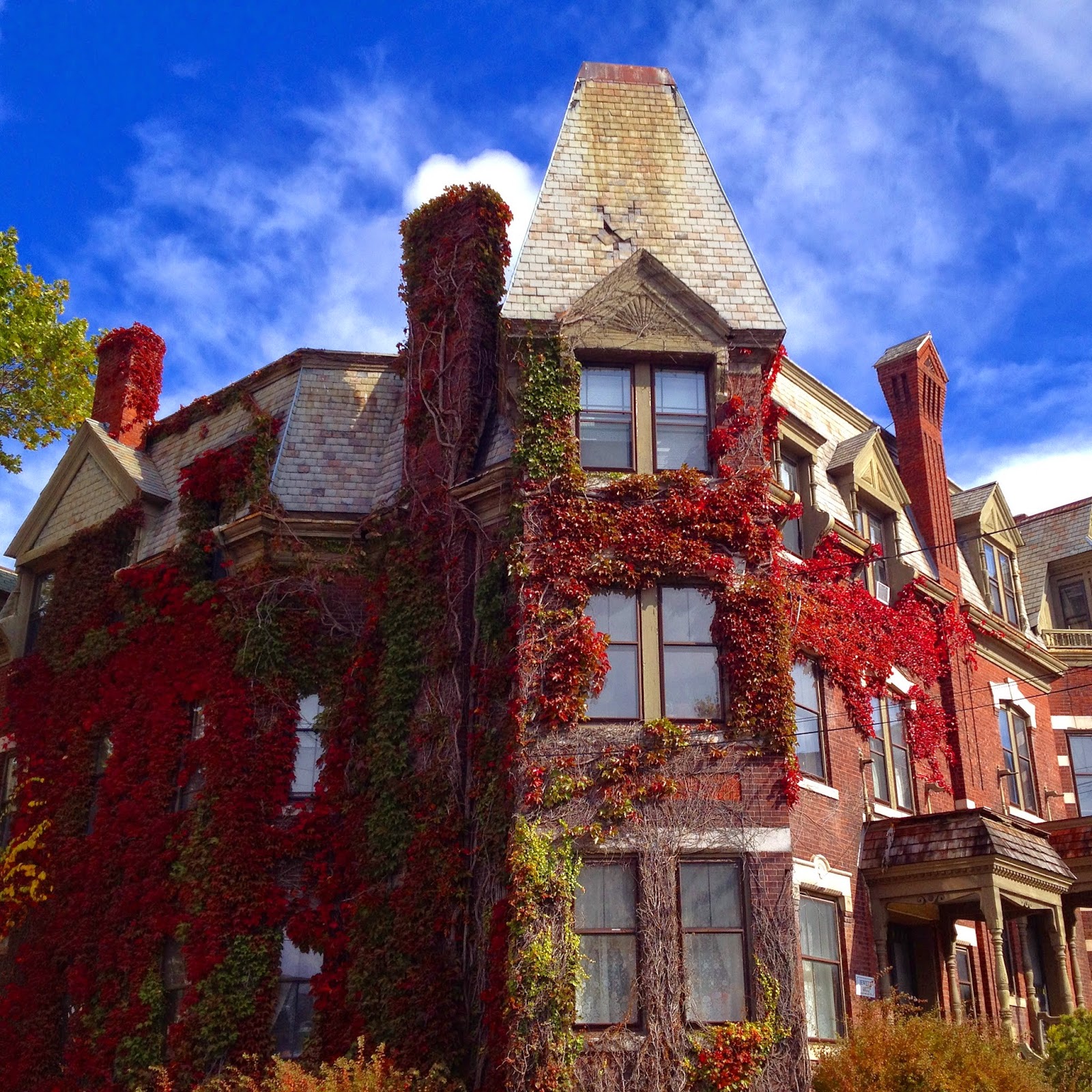Elizabeth Taylor and James Dean in Giant (1955)
Among the many men in Elizabeth Taylor’s life, some of the ones she was closest to were not husbands but friends—Roddy McDowell, Montgomery Clift, Rock Hudson. These co-stars found in a Taylor a loyal and trust-worthy confident who stood besides them through thick and thin and, in the case of Clift, even saved their lives.
One of the most memorable of her male friends was James Dean. Their seemingly close bond is all the more striking when you consider the fact that their friendship began only a few months before Dean's death.
 James Dean and Elizabeth Taylor on set. Photos: Frank Worth.
James Dean and Elizabeth Taylor on set. Photos: Frank Worth.
They met on the set of Giant in June 1955. Taylor was a big Hollywood star who had been acting since childhood. Dean was the farm boy turned method actor who had only made two films. Some cast and crew members were turned off by Dean's sometimes disruptive behaviour and odd sense of humour but not Taylor; she found him interesting and funny. Dean on the other hand was in awe of Taylor. When it came time to film their first scene together, he found the courage to get through it in a very Dean-like way: he turned his back to Taylor and urinated in front of a large crowd of onlookers. He later told co-star Dennis Hopper that "It was Elizabeth Taylor...I was so nervous I couldn't speak." He thought if he could do that in front of a a group of people then "I would be able to work with her."
Photo: API/Gamma-Rapho
Photos: Richard Miller
Nerves gone, the two quickly became friends. When filming wrapped for the day, they would often stay up late and Taylor, ever the good confident, would listen to Dean talk. Later in life, she would write of Dean, “We had an extraordinary friendship. We would sometimes sit up until three in the morning, and he would tell me about his past, his mother, minister, his loves, and the next day he would just look straight through me as if he'd given away or revealed too much of himself. It would take, after one of these sessions, maybe a couple of days before we'd be back on friendship terms. He was very afraid to give of himself."

Toward the end of filming, Taylor gave Dean a Siamese kitten whom he named Marcus after his uncle. Dean adored the kitten. A few days after he had finished shooting his final scenes, he eagerly made plans to head up to Salinas, California in his new Porsche 550 Spyder to compete in a race event. He left Marcus with a friend along with a detailed list of instructions on how to take care of him while he was gone. Dean was killed shortly after in a car crash on September 30, 1955. The story goes that on the day he died, Marcus ran away.
Stevens was the one to break the news of Dean's death to Taylor who burst into tears. The next day, it was business as usual. Rock Hudson said, "George forced her to come to work after Dean's death. He hadn't finished the film. And she could not stop crying." Taylor, in a fury, stormed off set. Shortly thereafter, she collapsed and was admitted to the hospital.
One can only speculate, of course, but I'd like to think that if Dean had lived, the two would have remained dear friends. Looking at the photos of them, it’s clear that they enjoyed being together; they look so relaxed and at ease with each other. What a beautiful couple and what a beautiful friendship.



























































